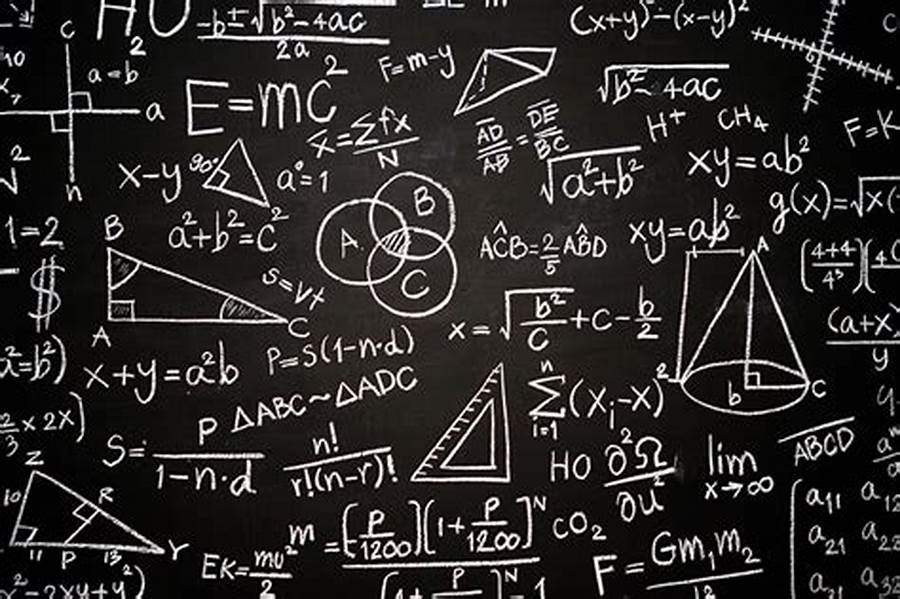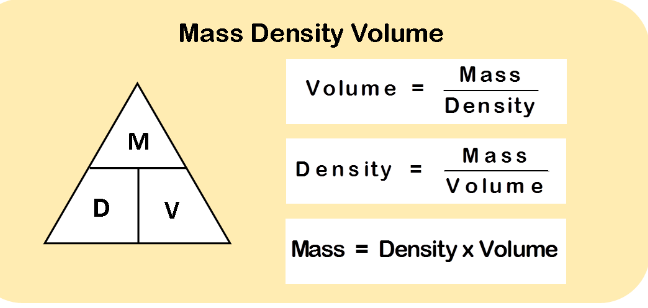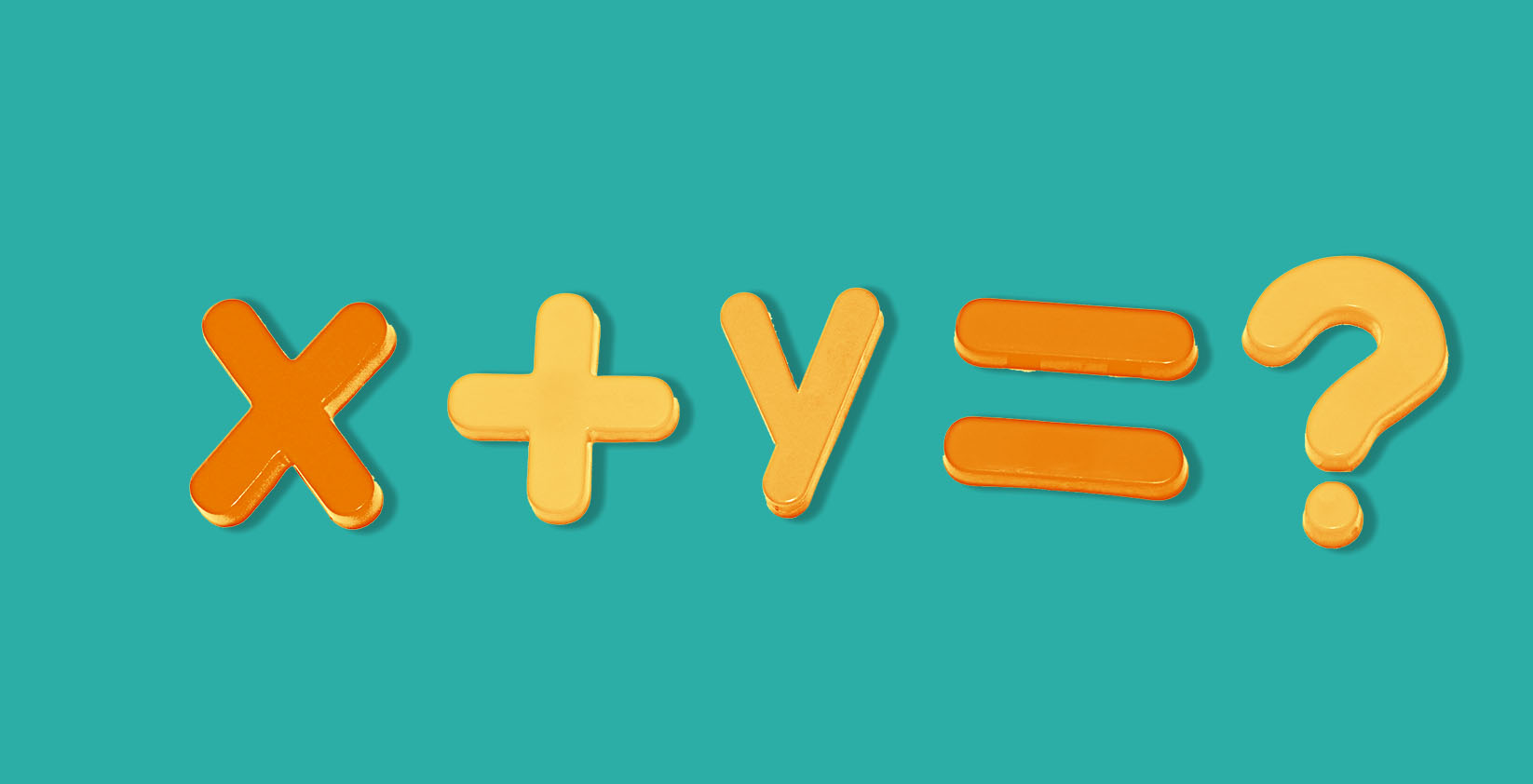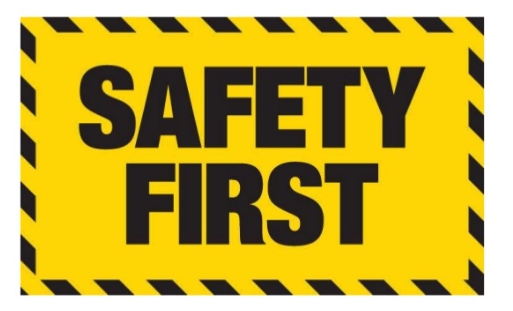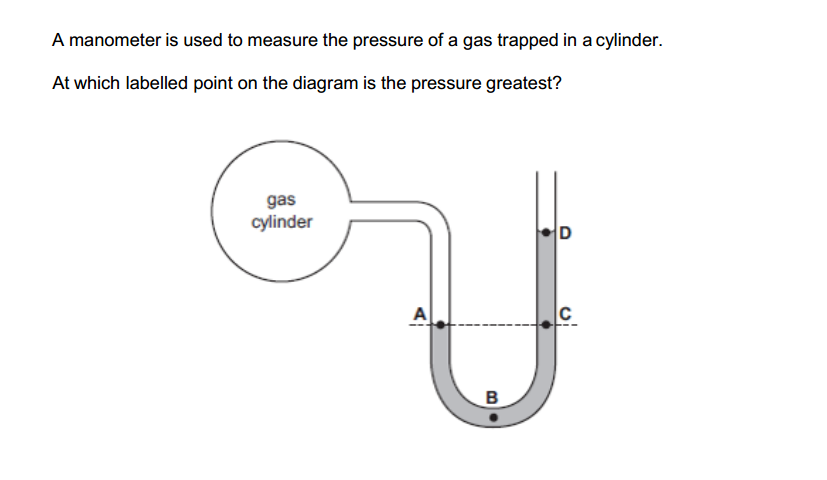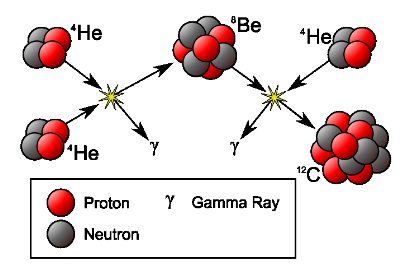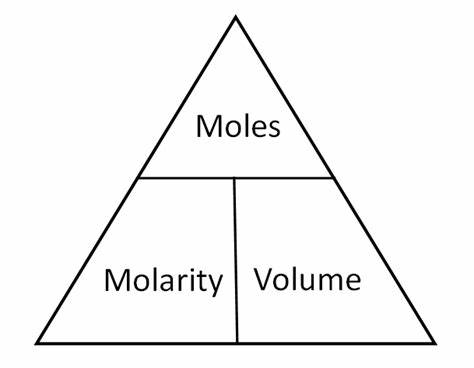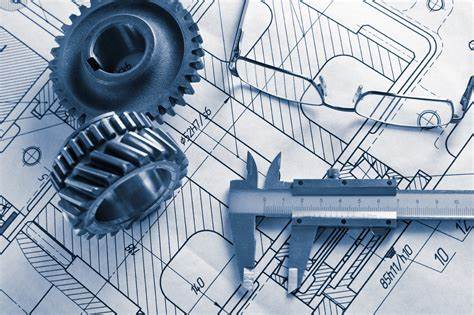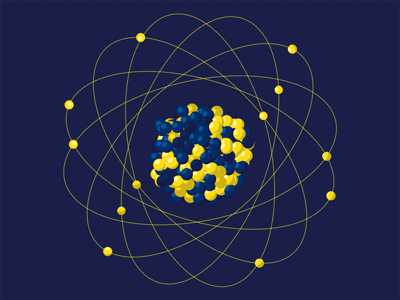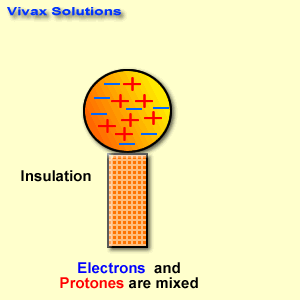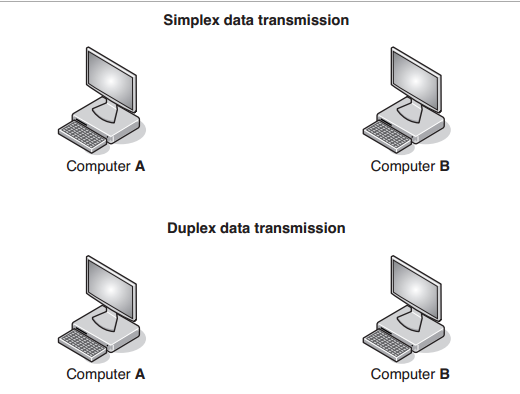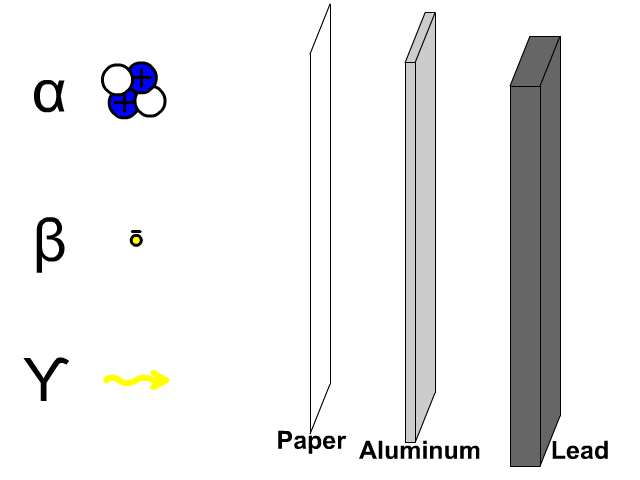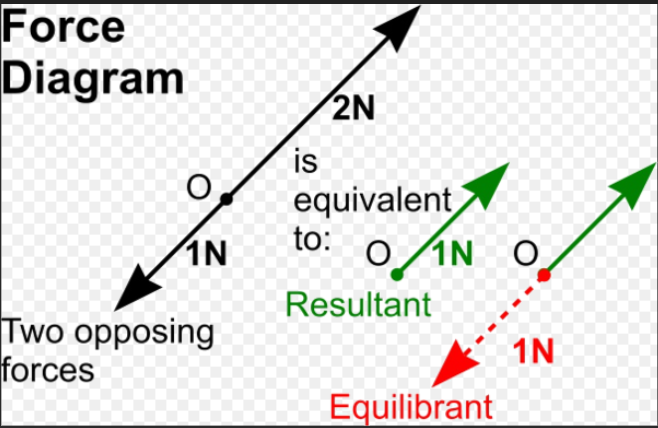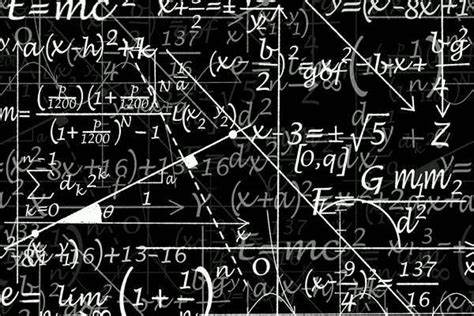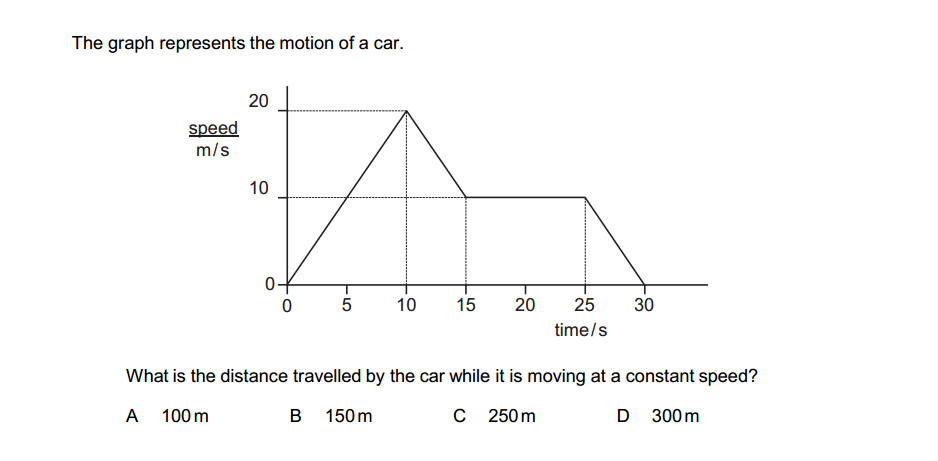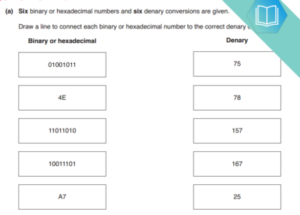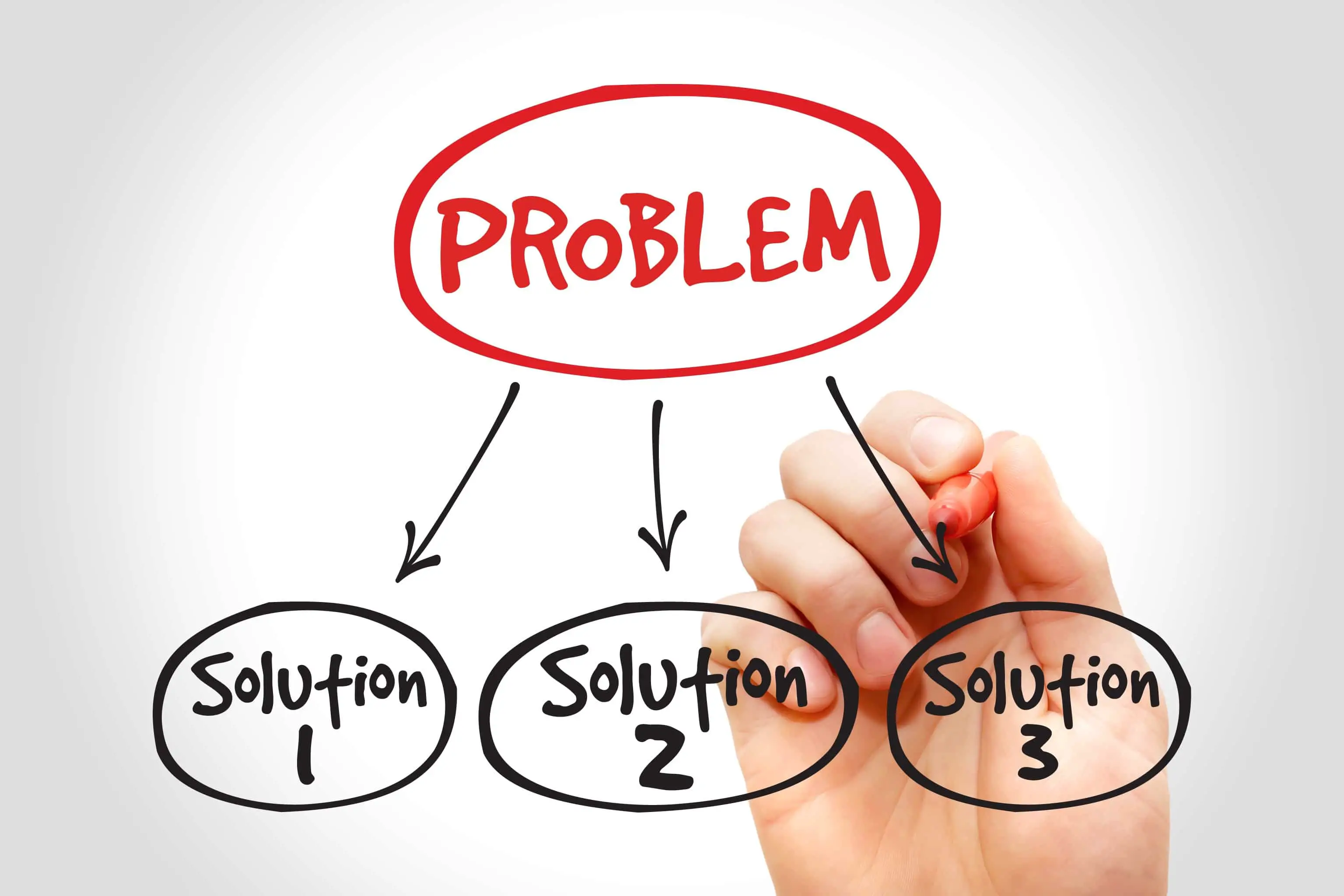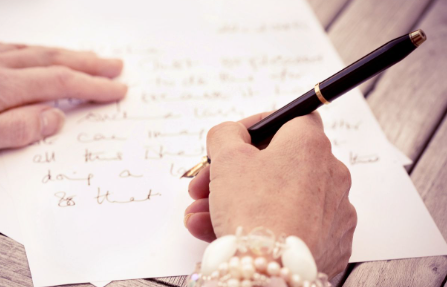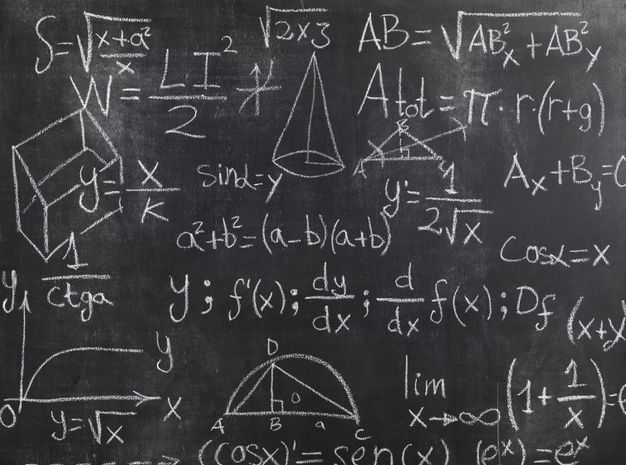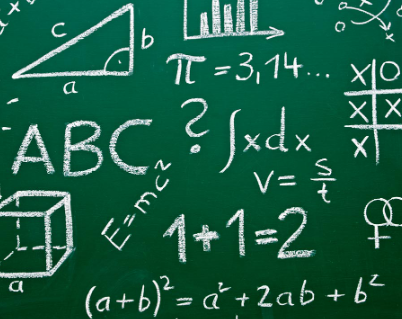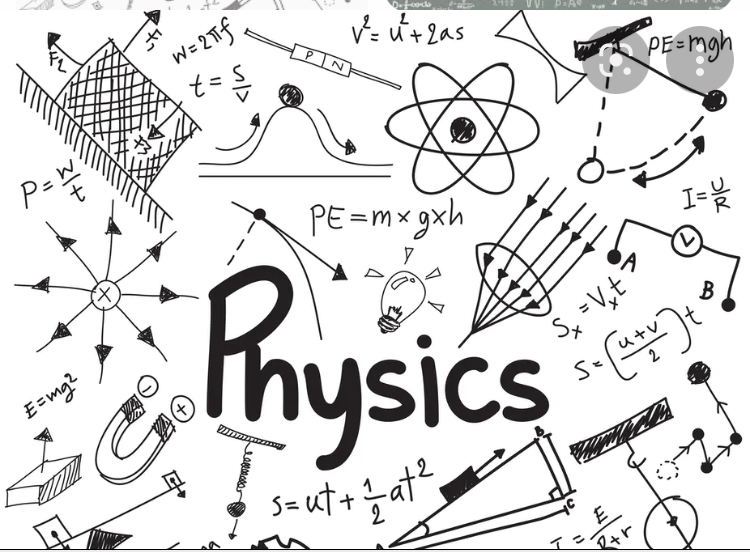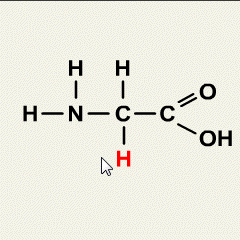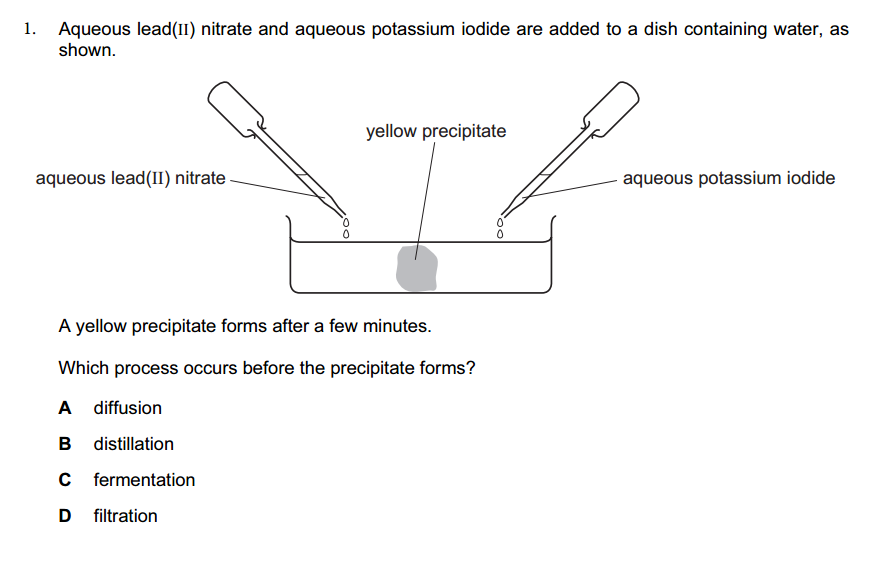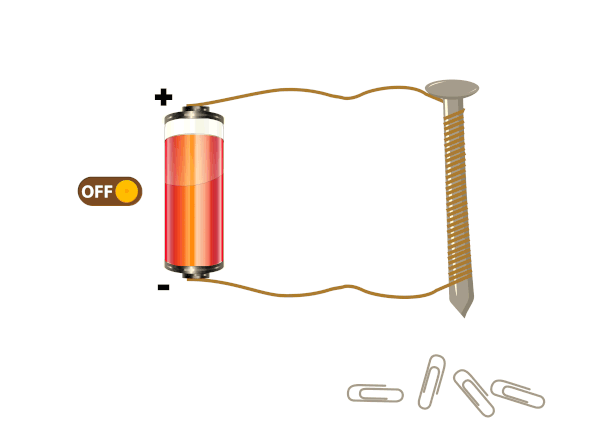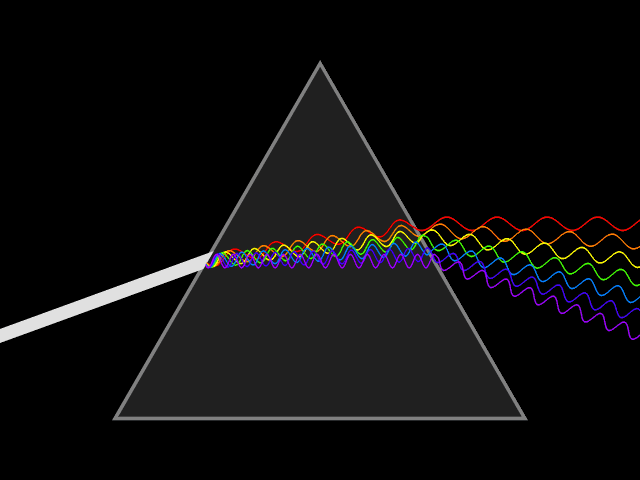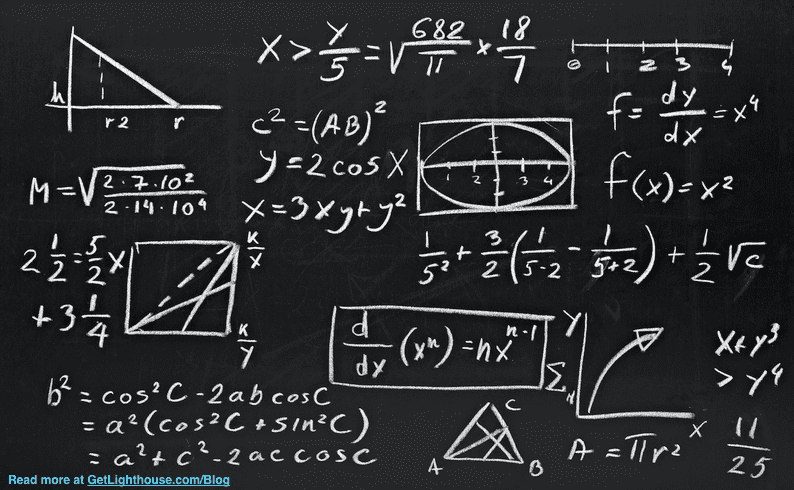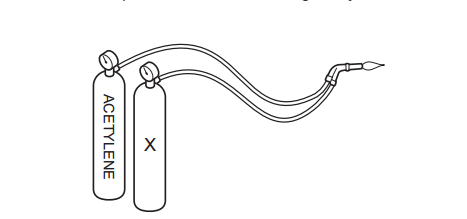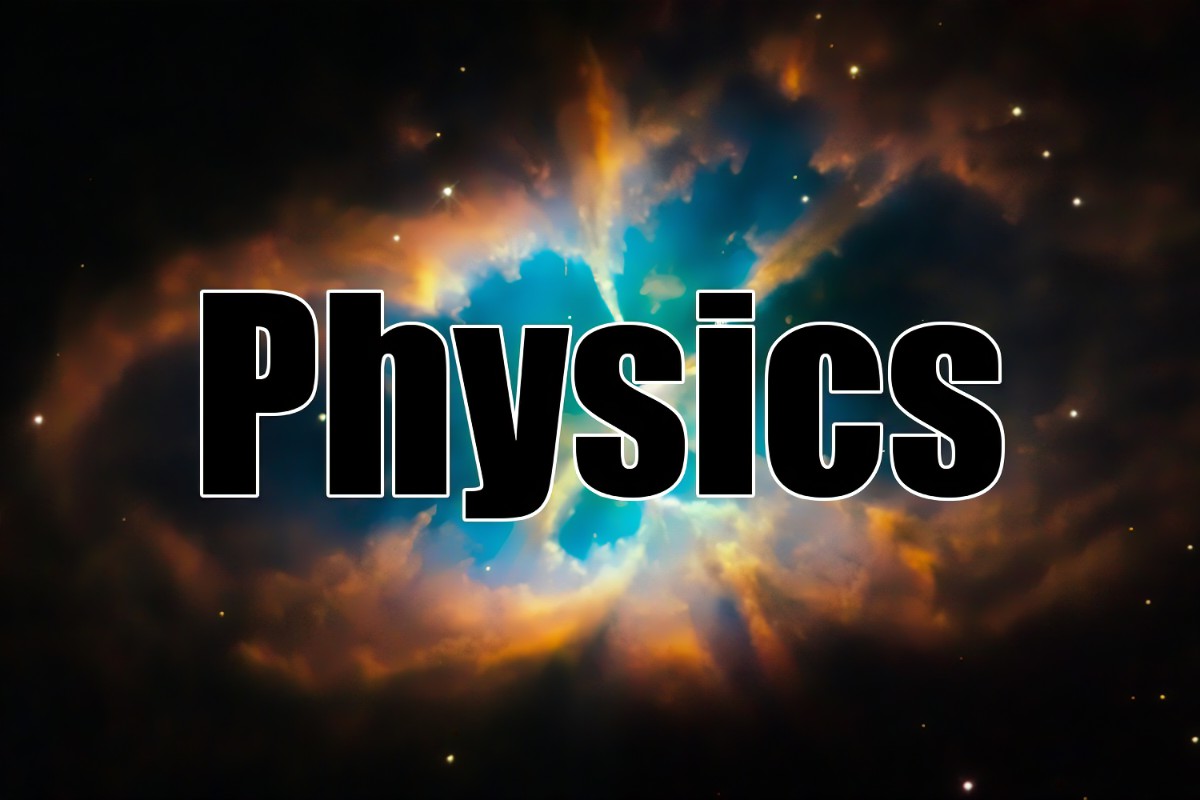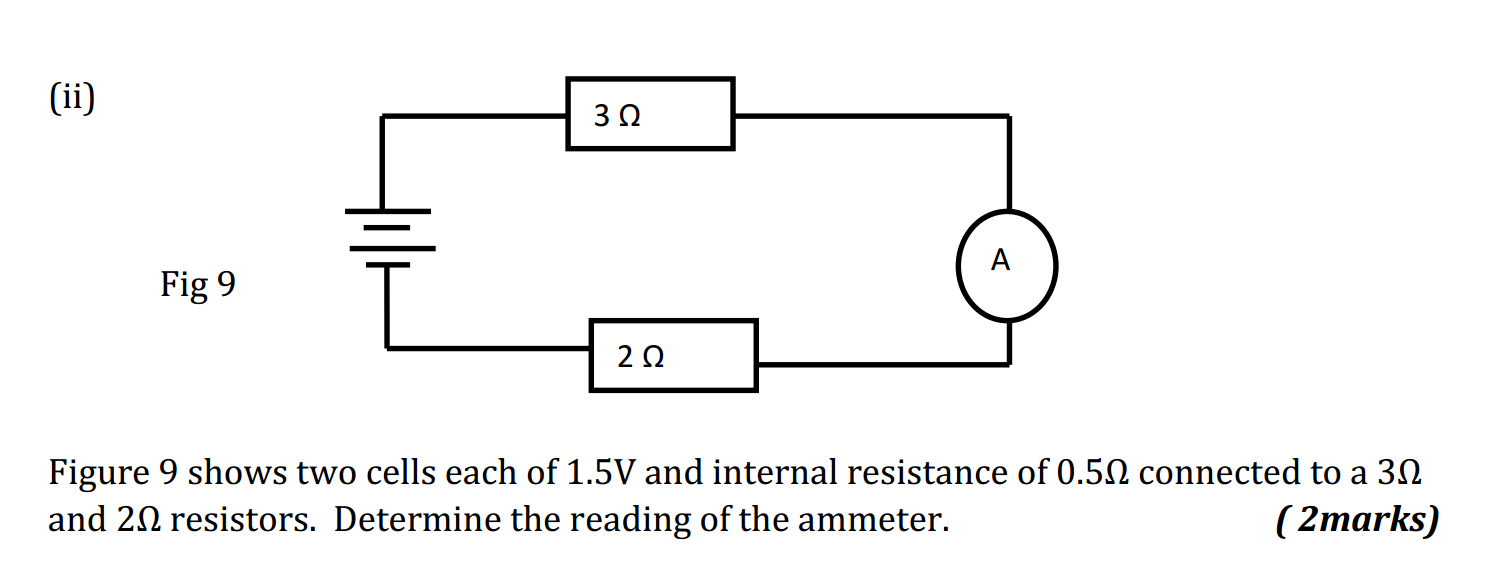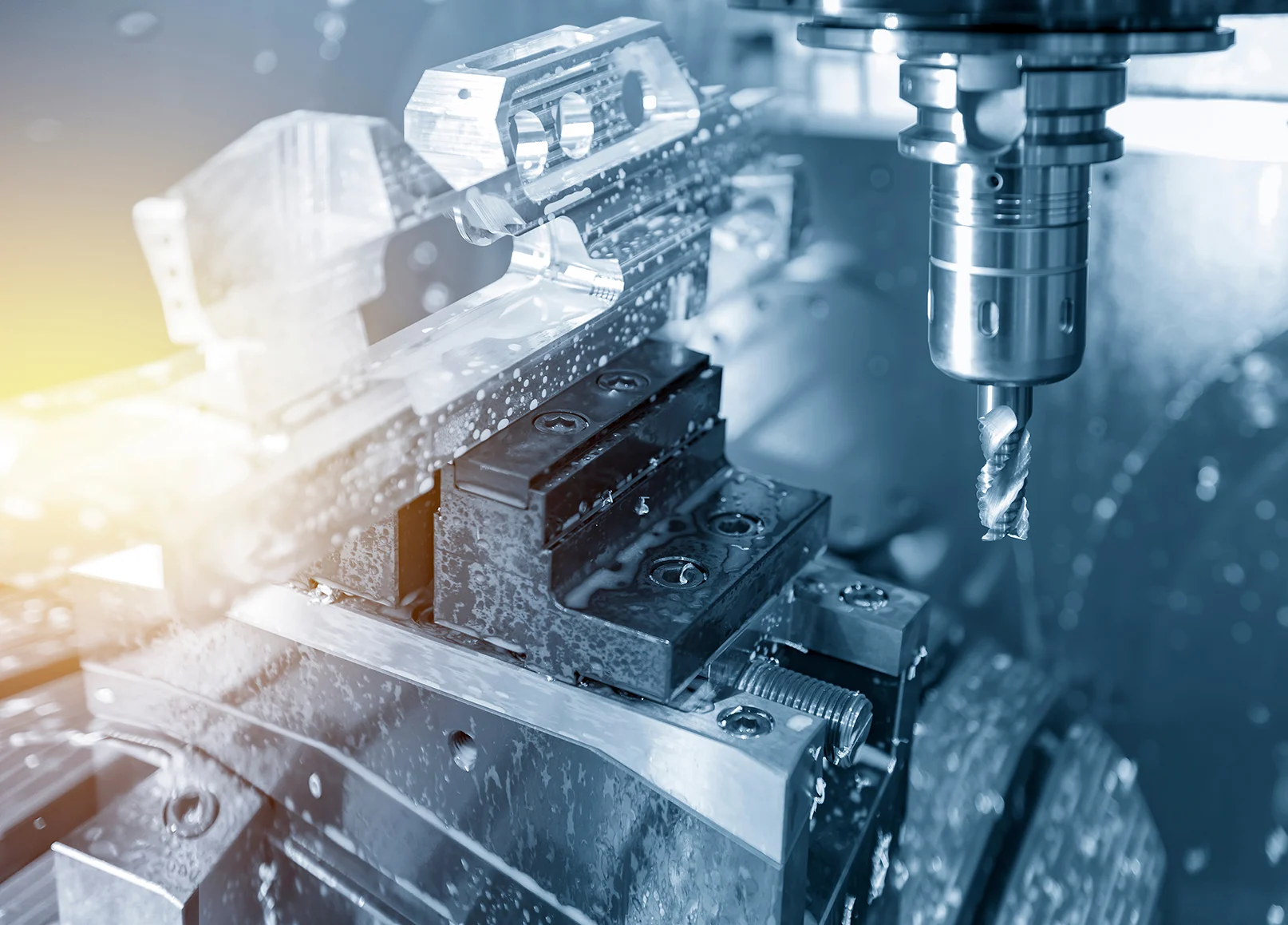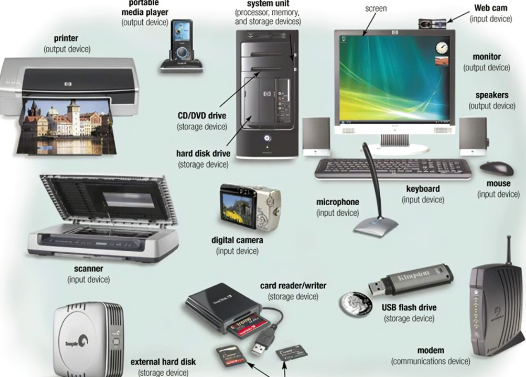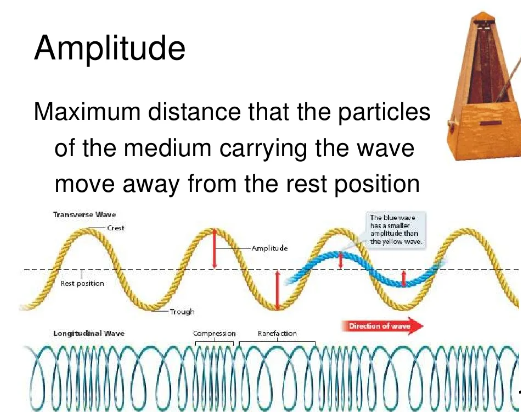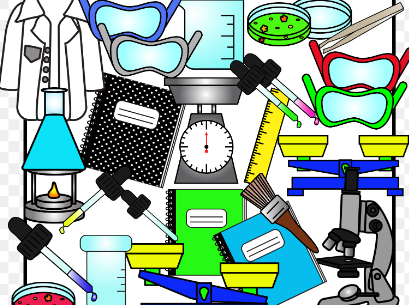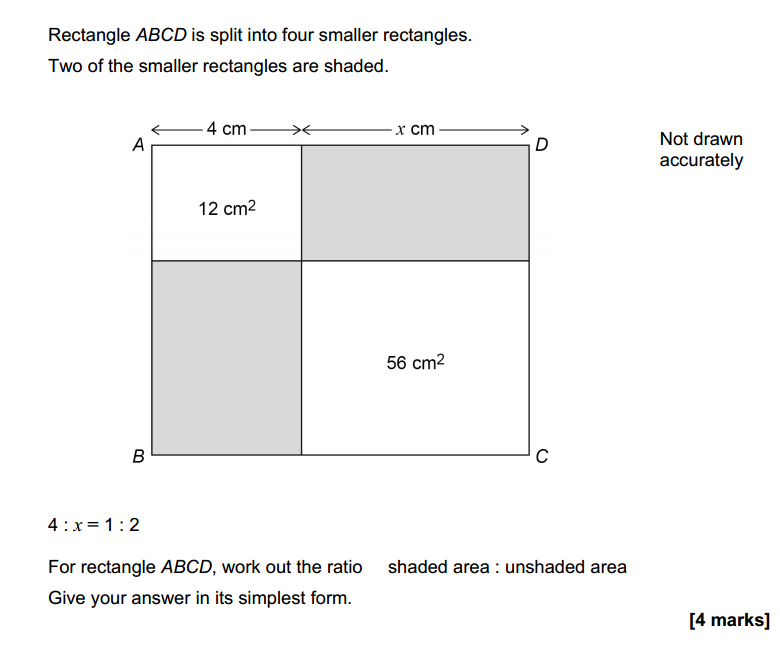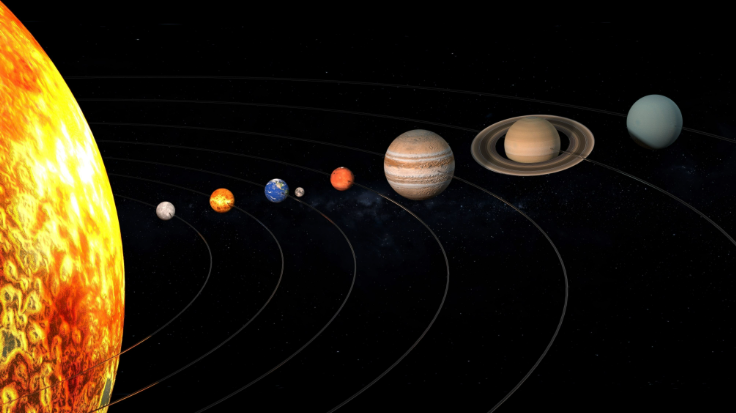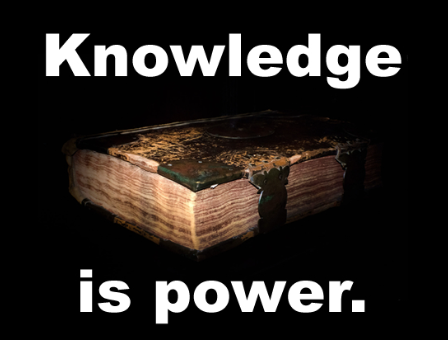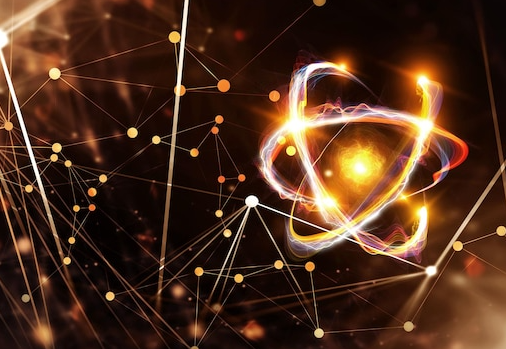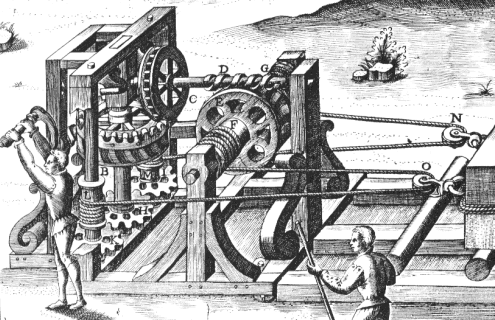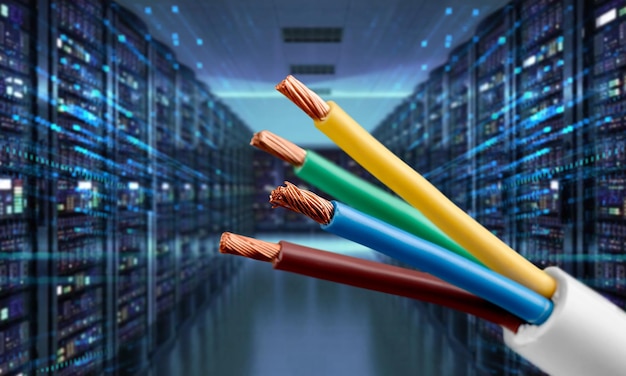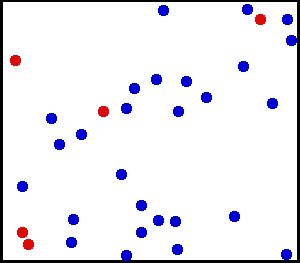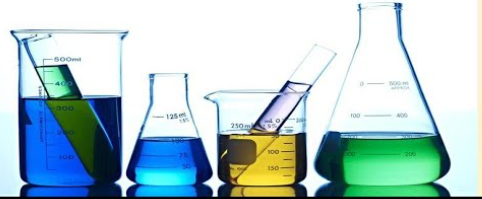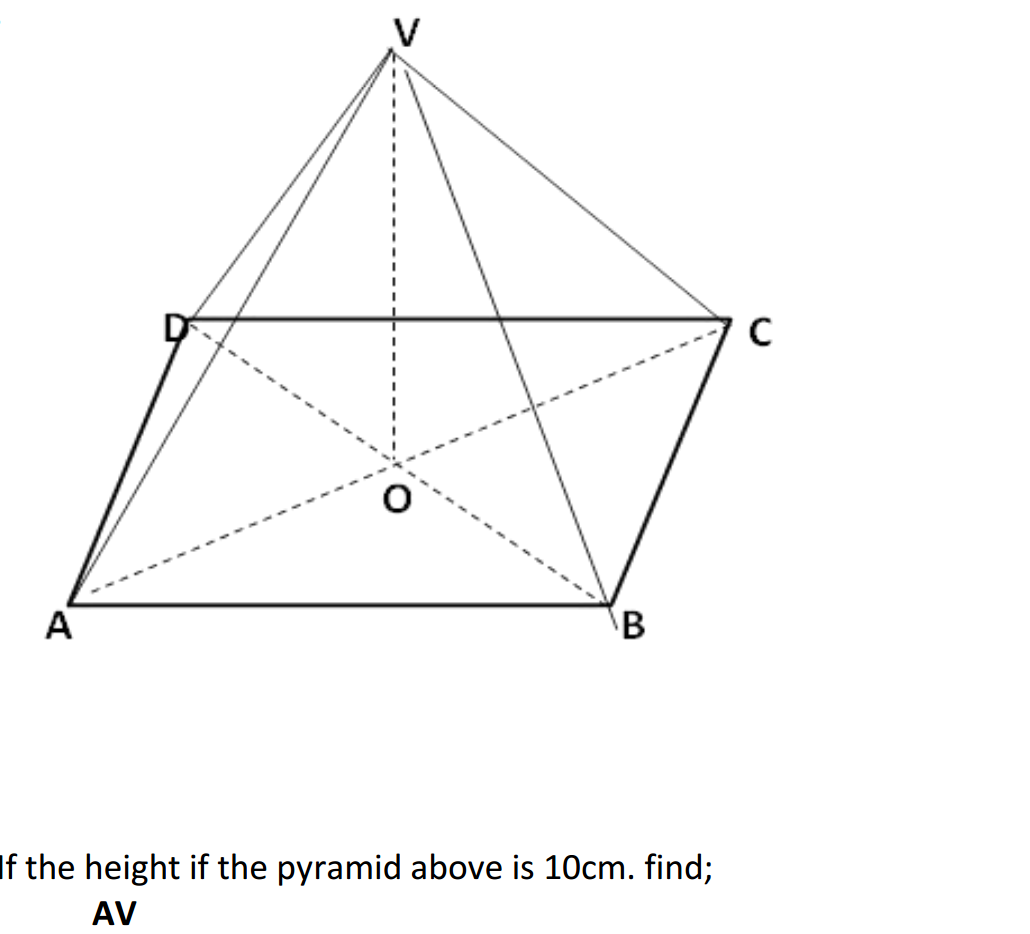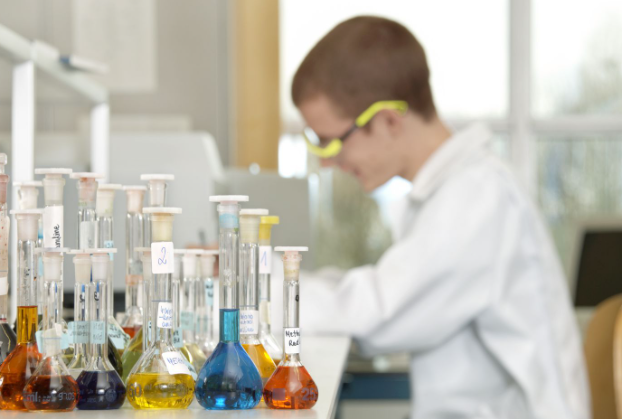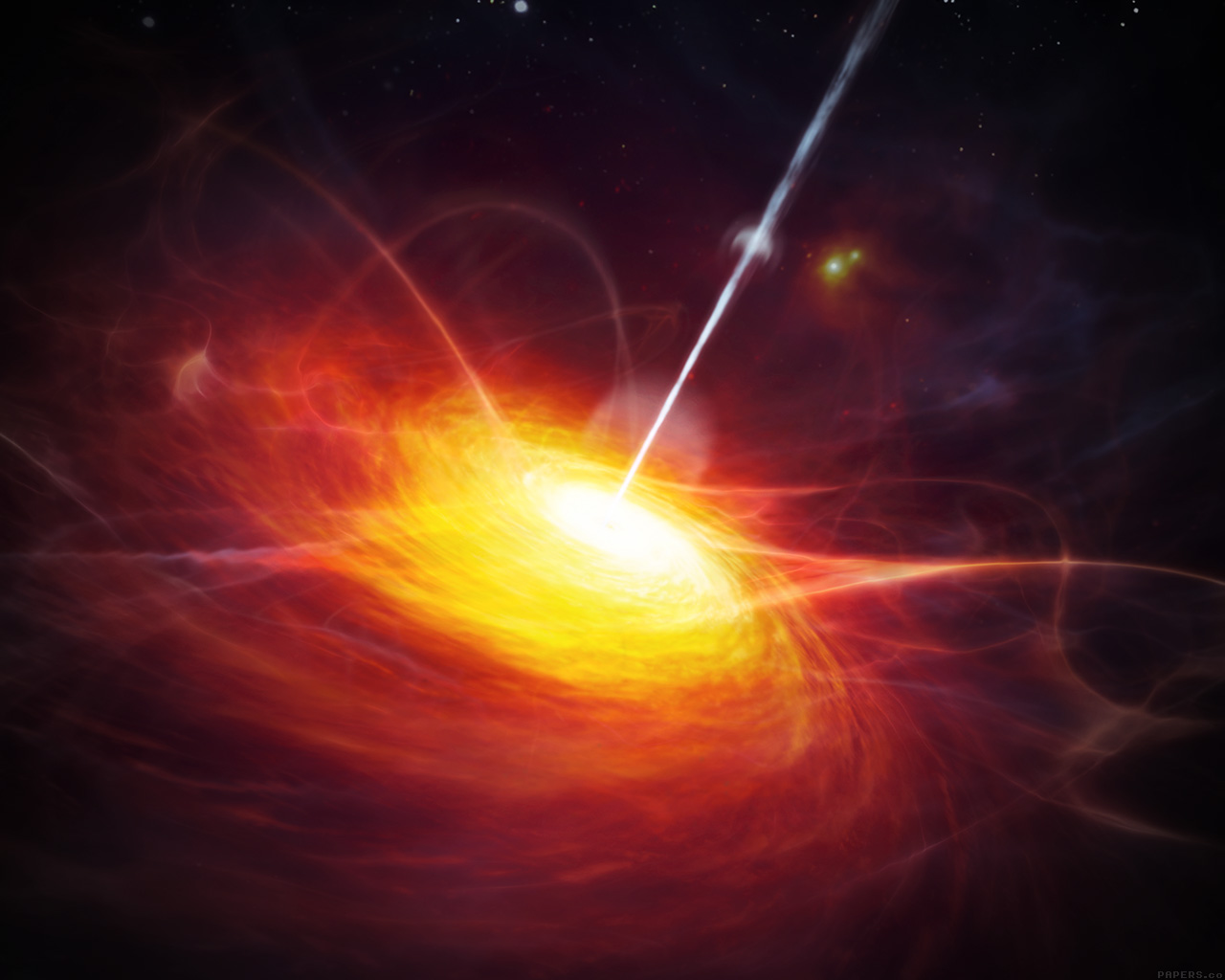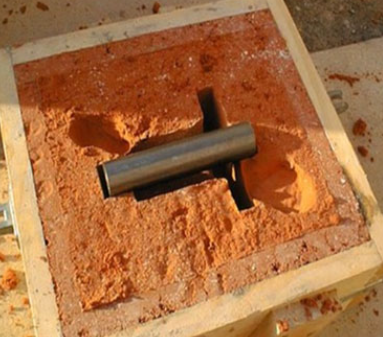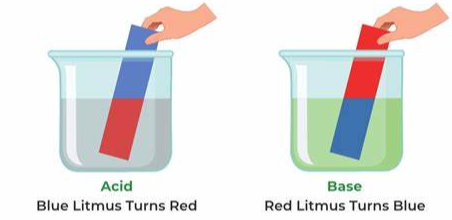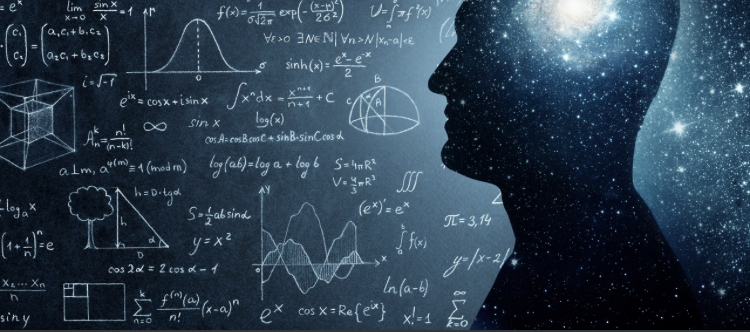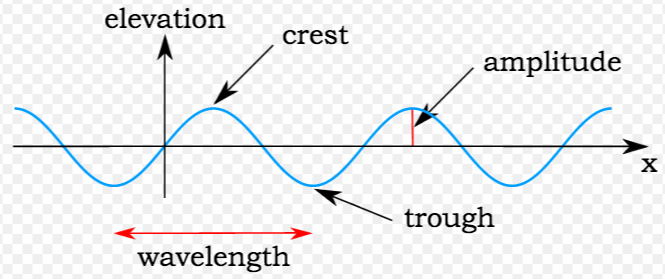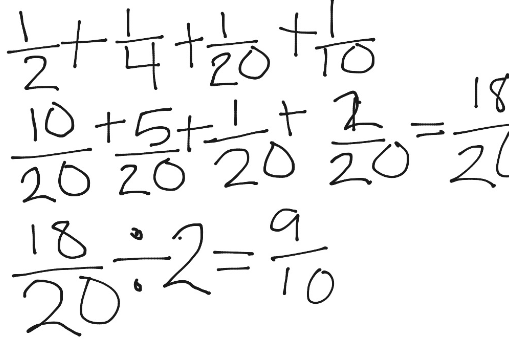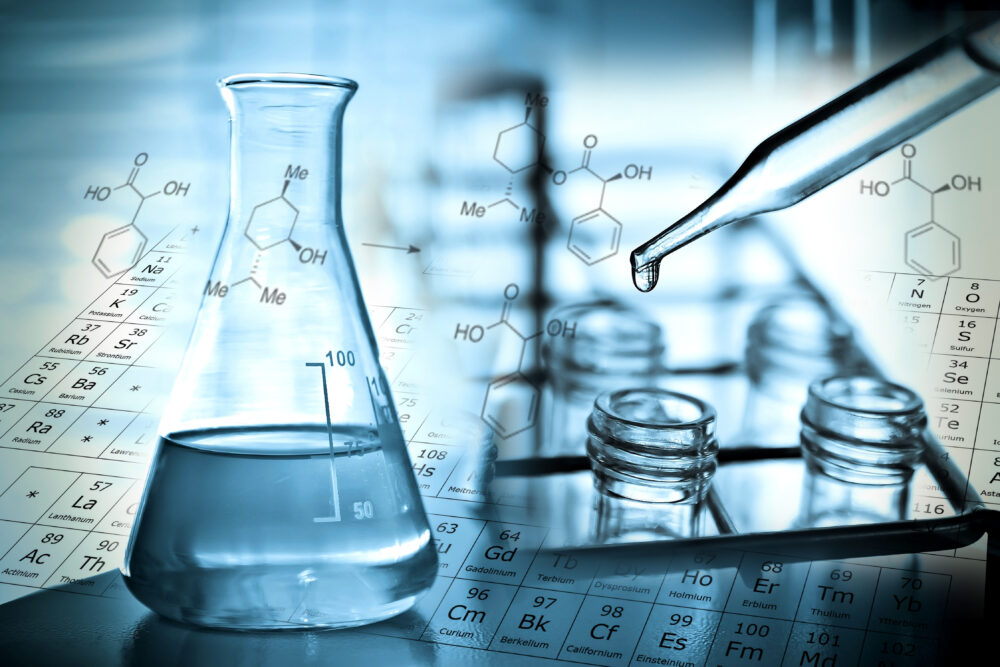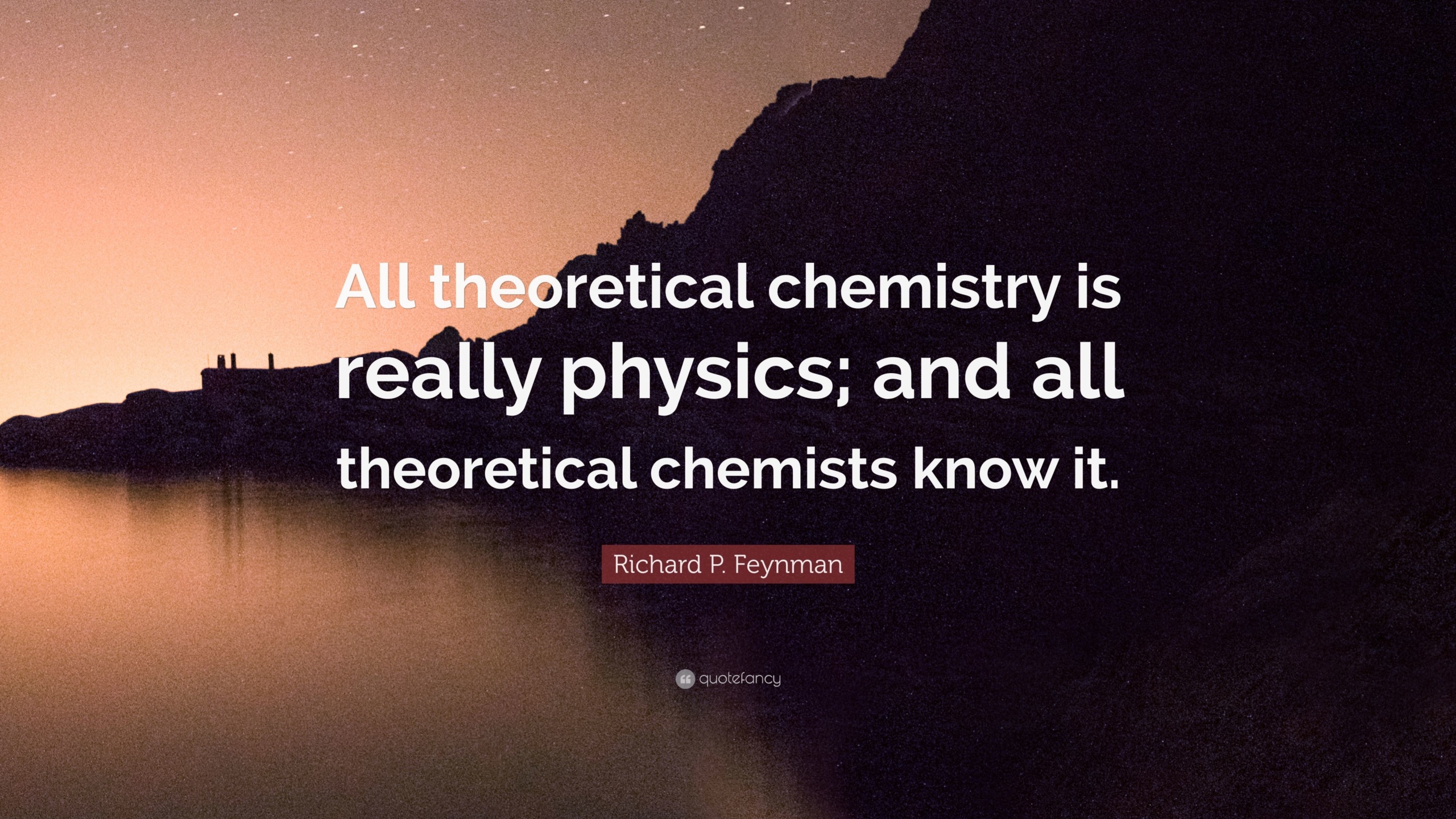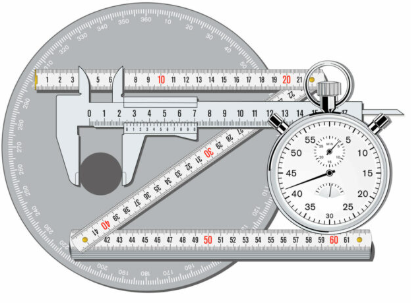Find the Answers at the end of the questions.
1. What does LED stand for? a. Light Emitting Diode b. Low Energy Device c. Long Electric Display d. Lithium Emission Detector 2. Which component regulates the flow of current in a circuit? a. Resistor b. Capacitor c. Diode d. Transistor 3. What is the unit of electric current? a. Ampere b. Volt c. Ohm d. Watt 4. What does PCB stand for? a. Printed Computer Board b. Printed Circuit Board c. Processed Circuit Breaker d. Power Control Block 5. What is the SI unit of resistance? a. Ohm b. Watt c. Volt d. Ampere 6. Which electronic component stores electrical charge? a. Inductor b. Capacitor c. Transformer d. Transistor 7. Which device converts AC to DC? a. Capacitor b. Diode c. Resistor d. Transformer 8. What is the function of a transistor in a circuit? a. Amplification b. Rectification c. Energy storage d. Signal conversion 9. Which law states that the current through a conductor between two points is directly proportional to the voltage across the two points? a. Faraday's Law b. Ohm's Law c. Kirchhoff's Law d. Boyle's Law 10 Which component is used to store data in computers? a. Transistor b. Diode c. Capacitor d. Resistor 11. What type of semiconductor material is used in solar panels? a. Silicon b. Germanium c. Gallium arsenide d. Selenium 12. Which component is used to amplify or switch electronic signals? a. Diode b. Capacitor c. Transistor d. Resistor 13. What is the primary function of a resistor in an electrical circuit? a. Store electrical energy b. Control current flow c. Amplify signals d. Store data 14. Which law describes the conservation of charge in an electrical circuit? a. Kirchhoff's Law b. Ohm's Law c. Newton's Law d. Boyle's Law 15. What is the basic unit of capacitance? a. Ampere b. Henry c. Farad d. Volt 16. Which device is used to measure electrical resistance? a. Ammeter b. Voltmeter c. Ohmmeter d. Wattmeter 17. What is the purpose of a diode in an electrical circuit? a. To amplify signals b. To store energy c. To control current flow in one direction d. To measure voltage 18. Which type of logic gate performs the Boolean OR operation? a. AND gate b. OR gate c. NOT gate d. XOR gate 19. What type of semiconductor material is used in light sensors and solar cells? a. Silicon b. Germanium c. Gallium arsenide d. Selenium 20. What does IC stand for in electronics? a. Integrated Converter b. Insulated Capacitor c. Inductive Coil d. Integrated Circuit 21. Which electronic component is used to store one bit of data in a computer's memory? a. Transistor b. Capacitor c. Diode d. Resistor 22. What is the primary function of an inductor in an electrical circuit? a. Store electrical energy b. Control current flow c. Amplify signals d. Store data 23. Which device is used to step up or step down voltages in electrical circuits? a. Transistor b. Capacitor c. Transformer d. Resistor 24. What is the purpose of an operational amplifier (op-amp) in electronics? a. To amplify signals b. To store energy c. To control current flow in one direction d. To measure voltage 25. What is the function of a rectifier in an electrical circuit? a. To amplify signals b. To store energy c. To convert AC to DC d. To measure voltage 26. Which logic gate performs the Boolean AND operation? a. OR gate b. AND gate c. NOT gate d. XOR gate 27. What is the unit of frequency? a. Hertz b. Watt c. Ohm d. Ampere 28. Which law states that the total current entering a junction is equal to the total current leaving the junction? a. Kirchhoff's Law b. Ohm's Law c. Newton's Law d. Boyle's Law 29. What is the SI unit of inductance? a. Ohm b. Watt c. Henry d. Ampere 30. What is the function of a capacitor in an electrical circuit? a. To store energy b. To amplify signals c. To control current flow in one direction d. To measure voltage 31. Which component is used to generate an output waveform that corresponds to the input waveform in an amplifier? a. Transistor b. Capacitor c. Diode d. Resistor 32. Which device is used to measure electric current? a. Ammeter b. Voltmeter c. Ohmmeter d. Wattmeter 33. What is the primary function of a transformer in an electrical circuit? a. Store electrical energy b. Control current flow c. Amplify signals d. Step up or down voltages 34. Which logic gate performs the Boolean NOT operation? a. OR gate b. AND gate c. NOT gate d. XOR gate 35. What is the unit of power? a. Ampere b. Henry c. Watt d. Volt 36. What type of semiconductor material is commonly used in transistors? a. Silicon b. Germanium c. Gallium arsenide d. Selenium 37. What is the primary function of a diode in an electrical circuit? a. To amplify signals b. To store energy c. To control current flow in one direction d. To measure voltage 38. Which device is used to measure voltage? a. Ammeter b. Voltmeter c. Ohmmeter d. Wattmeter 39. What is the function of an oscillator in electronics? a. To amplify signals b. To generate a periodic waveform c. To control current flow in one direction d. To measure voltage 40. Which logic gate performs the Boolean XOR operation? a. OR gate b. AND gate c. NOT gate d. XOR gate 41. What is the SI unit of capacitance? a. Ohm b. Farad c. Henry d. Volt 42. What is the function of a relay in electronics? a. To amplify signals b. To store energy c. To control the flow of current in a circuit d. To measure voltage 43. Which device is used to regulate voltage in an electrical circuit? a. Transistor b. Capacitor c. Regulator d. Resistor 44. What is the primary function of a potentiometer in electronics? a. To amplify signals b. To measure current c. To vary resistance in a circuit d. To measure voltage 45. Which logic gate performs the Boolean NAND operation? a. OR gate b. AND gate c. NOT gate d. NAND gate 46. What is the unit of magnetic flux? a. Weber b. Watt c. Ohm d. Ampere 47. What is the function of a zener diode? a. To rectify AC to DC b. To amplify signals c. To regulate voltage d. To store energy 48. Which device is used to measure resistance? a. Ammeter b. Voltmeter c. Ohmmeter d. Wattmeter 49. What is the primary function of a thyristor in electronics? a. To amplify signals b. To rectify AC to DC c. To control large amounts of current d. To measure voltage 50. Which logic gate performs the Boolean NOR operation? a. OR gate b. AND gate c. NOT gate d. NOR gate These questions cover a variety of concepts within electronics, including components, laws, units, and functions, providing a diverse range of topics for assessment or learning purposes.
Answers
- a. Light Emitting Diode
- d. Transistor
- a. Ampere
- b. Printed Circuit Board
- a. Ohm
- b. Capacitor
- b. Diode
- a. Amplification
- b. Ohm’s Law
- b. Capacitor
- a. Silicon
- c. Transistor
- b. Control current flow
- a. Kirchhoff’s Law
- c. Farad
- c. Ohmmeter
- c. To control current flow in one direction
- b. OR gate
- a. Silicon
- d. Integrated Circuit
- b. Capacitor
- a. Store electrical energy
- c. Transformer
- a. To amplify signals
- c. To convert AC to DC
- b. AND gate
- a. Hertz
- a. Kirchhoff’s Law
- c. Henry
- a. To store energy
- a. Transistor
- a. Ammeter
- d. Step up or down voltages
- c. NOT gate
- c. Watt
- a. Silicon
- c. To control current flow in one direction
- b. Voltmeter
- b. To generate a periodic waveform
- d. XOR gate
- b. Farad
- c. To control the flow of current in a circuit
- c. Regulator
- c. To vary resistance in a circuit
- d. NAND gate
- a. Weber
- c. To regulate voltage
- c. Ohmmeter
- c. To control large amounts of current
- a. OR gate






